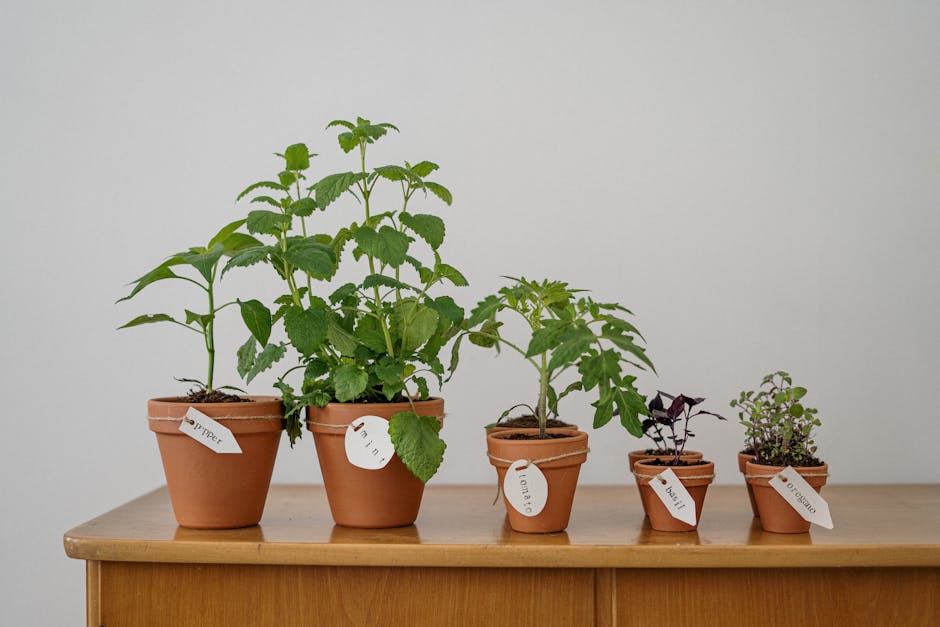Growing tomato plants may seem a daunting task, but it doesn’t have to be. With careful attention to key factors such as the perfect growing conditions, seed selection, and proper care, even a beginner can have a bountiful tomato harvest. This article breaks down each aspect of tomato plant cultivation in a simple and practical manner. From soil preparation to the final harvest, we’ve got you covered!
Understanding the Perfect Condition For Tomato Plant Growth
Growing robust, productive tomato plants starts with understanding their ideal growing conditions. Tomatoes appreciate a well-drained, fertile soil rich in organic matter. Full sun exposure of at least six to eight hours a day is crucial for their healthy development. Ideal temperature range lies between 55 to 85 degrees Fahrenheit.
- Pro Tip : When deciding where to plant your tomatoes, make sure to consider the sun’s trajectory throughout the day. The more sunlight the better!
When comparing tomato plants grown in different conditions, it’s clear that those thriving under the right setting take less time to reach maturity, resist diseases better, and yield a larger harvest.
Tomato Seed Selection and Planting
A successful tomato garden starts with wise seed selection. Choose your seeds based on factors such as the plant’s growth habit, disease resistance, and the type of tomatoes you prefer – cherry, beefsteak or Roma?
- Checklist ✅:
- Assess your garden environment and choose a tomato type suitable for it.
- Opt for disease-resistant varieties for a more effortless cultivation.
- Source high-quality seeds from reliable suppliers.
With the ideal seed selected, the planting process begins.
- Pro Tip : To ensure seed quality, perform a simple germination test by placing a few seeds on a damp paper towel and waiting for them to sprout. Store seeds in a cool, dry place to preserve their viability.
Transforming Seeds into Seedlings
Once seeds are planted, the journey to nurture them into resilient seedlings commences. This process involves careful attention to watering, ensuring plenty of sunlight exposure, and maintaining a stable temperature.
- Best Practices :
- Water the seeds lightly but consistently to keep the soil moist, not waterlogged.
- Place seed trays in a sunny spot or under grow lights to guarantee sufficient light exposure.
- Keep ambient temperature consistent, ideally between 70-80 degrees Fahrenheit.
In a side-by-side comparison, seedlings nurtured with these best practices will undoubtedly show a more vigorous growth and resilience compared to those that aren’t.
Remember, the goal is to create the best possible conditions for your tomato plants to flourish, starting from the seedling stage all the way through to harvesting the fruit. As you carry these tips throughout this journey, watch as your tomato garden thrives like never before!
Transplanting Tomato Seedlings
One of the most crucial steps in the tomato cultivation process is transporting the seedlings from their initial seed trays to their permanent spots in the garden. Timing is key here – aim to transplant when the seedlings have developed multiple leaves and a robust root system, typically three to four weeks post germination.
- Checklist ✅:
- Select a sunny spot in your garden with well-drained soil.
- Prepare the planting hole, dig approximately twice as wide and as deep as the rootball.
- Gently extract the seedling from its tray, avoiding any damage to the roots.
- Place the seedling in the hole, covering the stem up to the first set of leaves.
- Water generously immediately after planting.
- Pro Tip : Transplant on an overcast day or in the evening to minimize shock and water loss from the seedlings.
Care and Maintenance of Tomato Plants
After successful transplantation, the focus moves to nurturing, protecting, and preserving your tomato plants. Key elements of care include consistent watering, feeding with an appropriate fertilizer, regular pruning, and staking or caging for support.
- Pros and Cons :
| Natural Fertilizer | Synthetic Fertilizer | |
|---|---|---|
| Pros | Eco-friendly, Improves soil structure | Quick nutrient release, Precise nutrient content |
| Cons | Slow nutrient release, Nutrient content varies | Environmental impact, Doesn’t improve soil quality |
- Best Practices :
- Water plants regularly, but avoid watering directly onto the leaves.
- Utilize compost or an organic tomato fertilizer to feed your plants.
- Prune lower leaves to improve air circulation and reduce disease spread.
- Stake or cage your plants to provide support and improve sunlight exposure.
Prevention and Treatment of Common Tomato Plant Diseases
Unfortunately, even with the best care, tomato plants can succumb to diseases like Early Blight, Fusarium Wilt, or Tomato Mosaic Virus. Early identification and control measures can save your plant and prevent disease spread.
- Checklist ✅:
- Monitor plants regularly for any signs of infection.
- Practice crop rotation to interrupt the life cycle of pathogens.
- Remove and destroy infected plant parts or plants to prevent disease spread.
- Apply organic fungicides when necessary.
- Pro Tip : Use disease-resistant varieties and encourage beneficial insects to help control pest outbreaks.
Harvesting and Storing Tomatoes
Your care and hard work culminate in the exciting phase of harvesting. Tomatoes should be harvested when they have fully developed their color, but are still firm to touch.
- Best Practices :
- Harvest tomatoes in the cool of the morning for maximum freshness.
- Twist and pull the tomato gently from the vine.
Storing tomatoes properly can significantly extend their shelf-life and preserve their flavors.
- Pro Tip : Keep your tomatoes at room temperature until they’re fully ripe. Overripe tomatoes can be canned, frozen, or dried to avoid wastage.
Enjoy the fruits of your labor and cherish the whole journey from planting the tiny tomato seeds to savoring the delicious tomatoes. Happy gardening!
Key Takeaway:
- Knowledge of the perfect conditions for tomato growth, including soil, sun exposure, and temperature, is crucial for a successful yield.
- The right choice of tomato seeds, understanding their characteristics, and a well-executed planting process paves the way for healthy saplings.
- Detailed nurturing of seeds into strong seedlings includes proper watering, sunlight, and temperature supervision.
- Transplanting seedlings at the right time and with the right techniques ensures their growth into strong plants.
- Regular care and maintenance post-transplantation, involving watering, fertilizing, pruning, and staking, drastically improves the plant’s productivity.
- Awareness and timely management of common tomato diseases can prevent severe damage to the yield.
- Harvesting tomatoes at the correct time and following best storage practices maximizes their shelf-life and flavor.
Growing your tomatoes can be a rewarding experience, but it also requires dedication and hard work. By understanding the basics and maintaining regular care, you can cultivate a healthy tomato harvest and enjoy the richness of home-grown produce. So don’t hesitate, give tomato growing a try!
FAQs
Q: What’s the ideal soil type for tomato plants?
A: Tomato plants thrive best in well-drained, fertile soil that is rich in organic matter.
Q: How does choosing the right location affect the growth of tomato plants?
A: The right location ensures the plant receives ample sunlight and is shielded from harsh weather conditions, positioning it for optimal growth.
Q: Can any seed be used for tomato planting?
A: It’s crucial to use high-quality seeds from reliable sources. The seed should suit your garden’s conditions and produce the type of tomatoes you prefer.
Q: How frequently should I water my tomato plants?
A: Regular but appropriate watering is key. Keep the soil consistently moist but avoid it getting waterlogged.
Q: What are some good practices to store harvested tomatoes?
A: Storing tomatoes at room temperature until they are fully ripe is a good practice. Overripe tomatoes can be canned, frozen, or dried.
We hope this guide has been helpful for you! Feel free to share it with others who might be interested and explore more of our posts for additional insights and tips.






